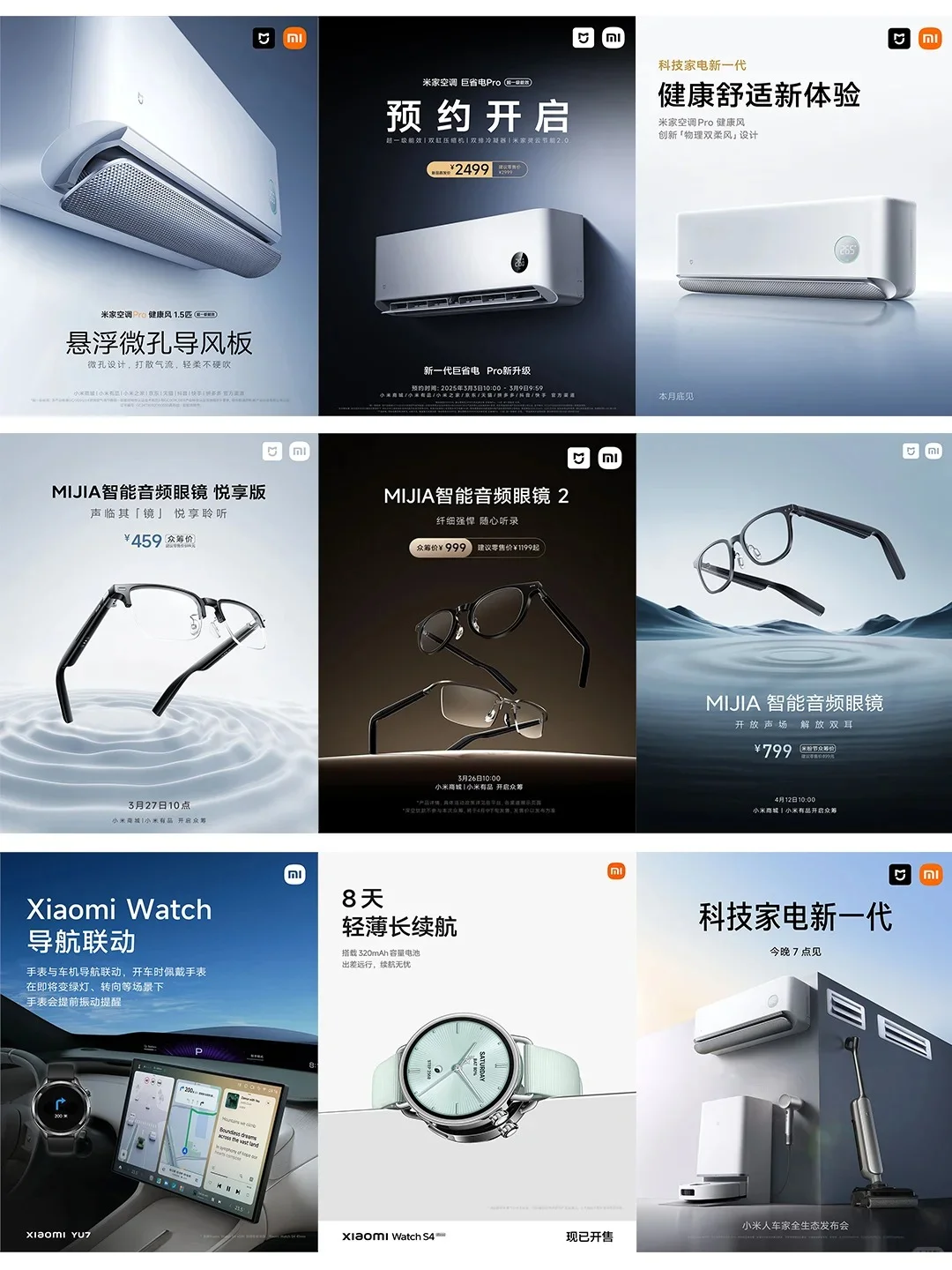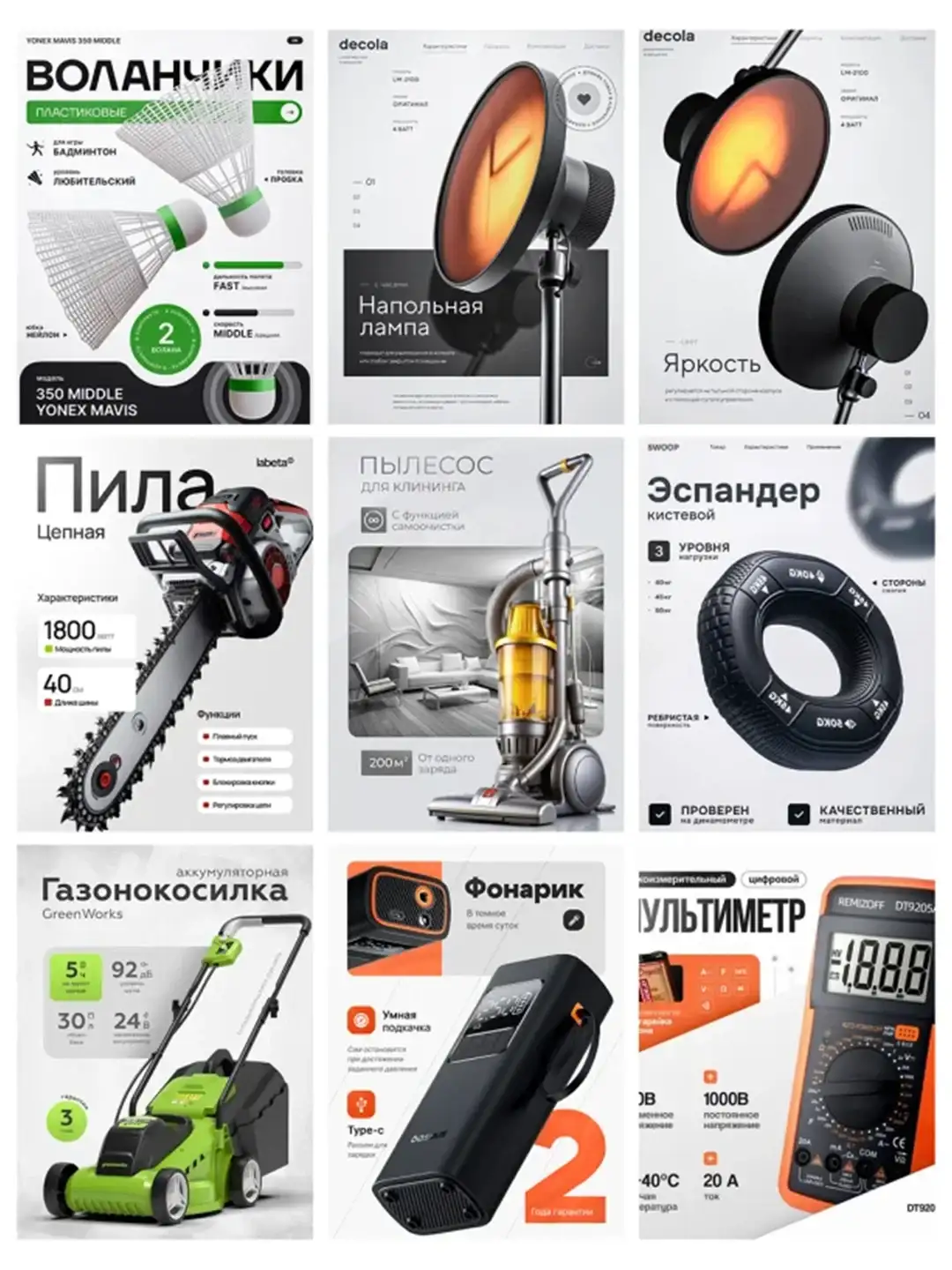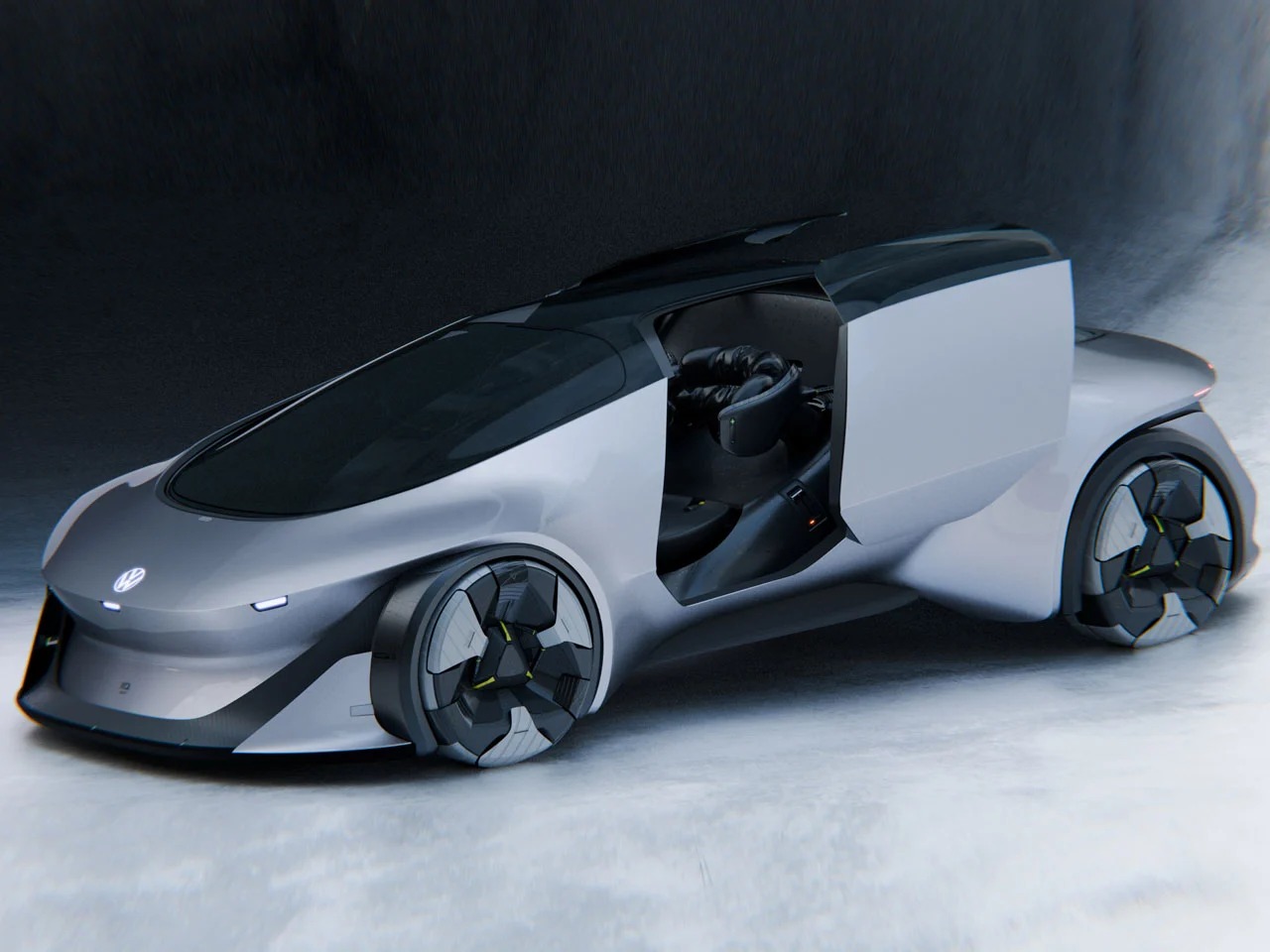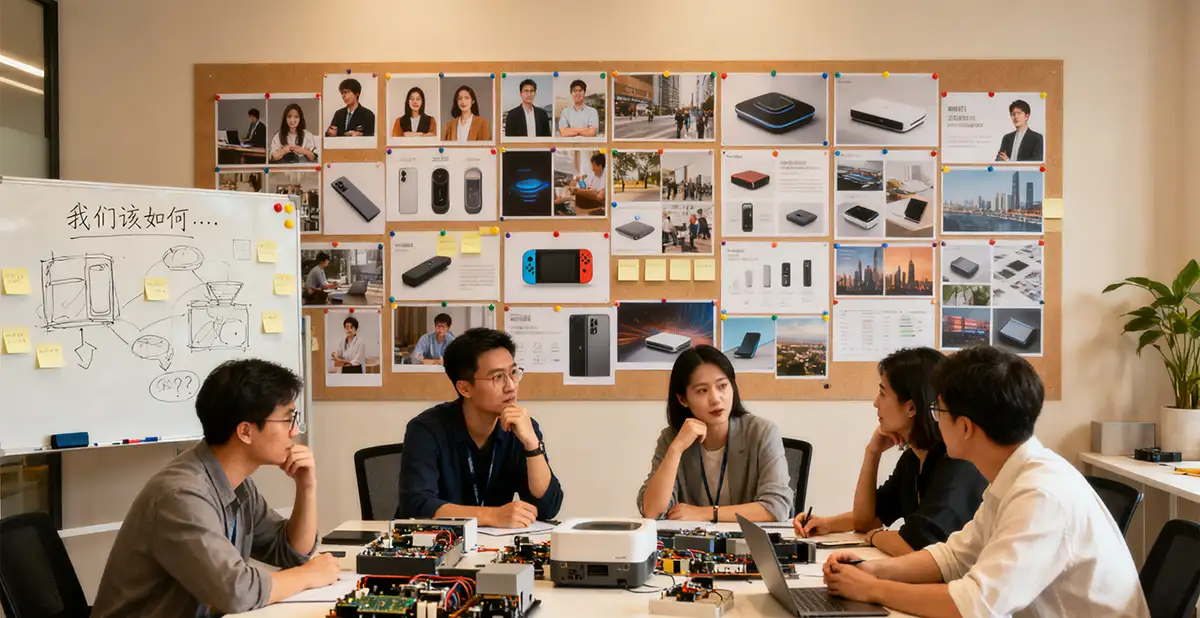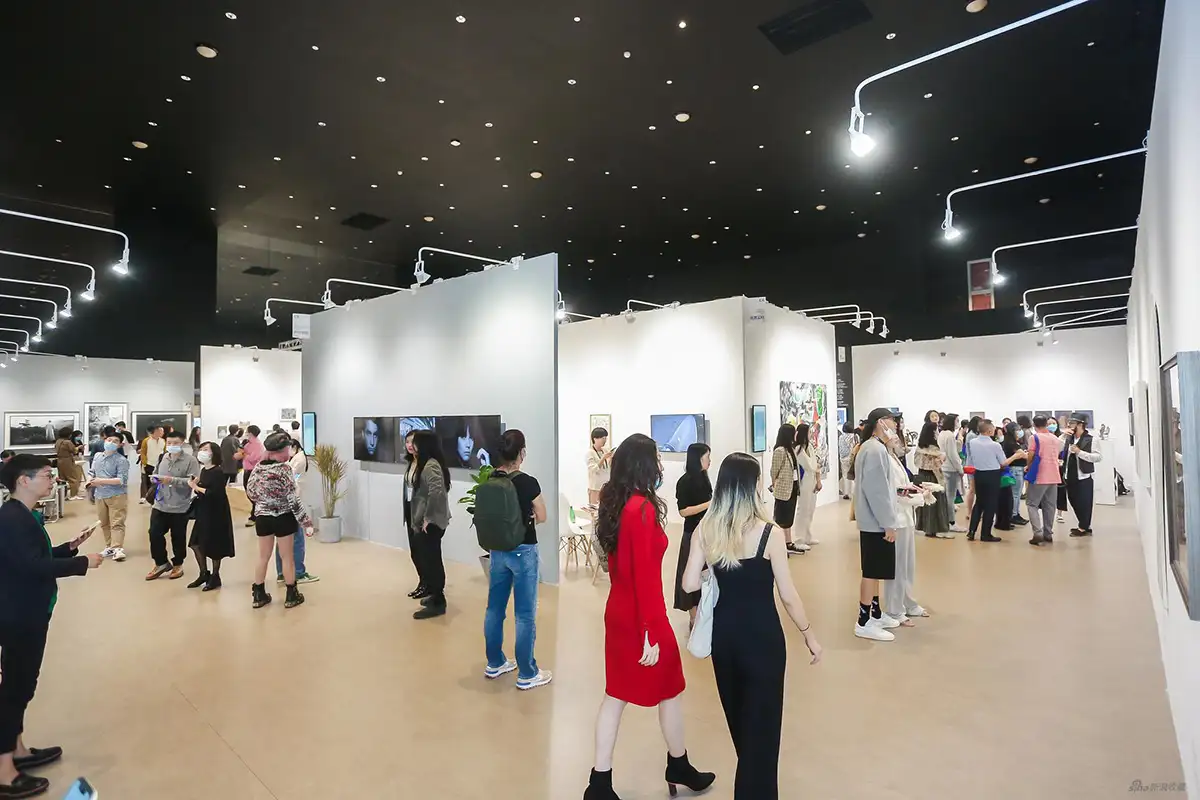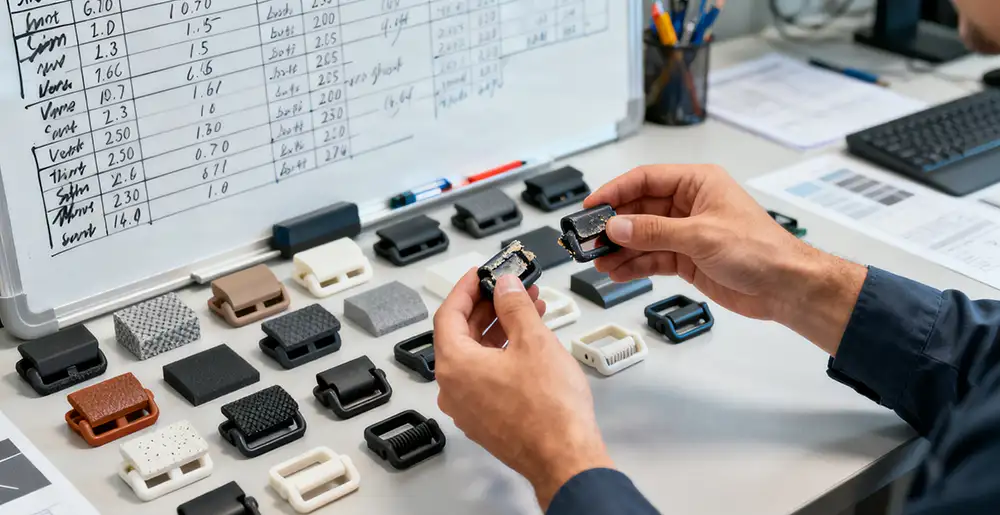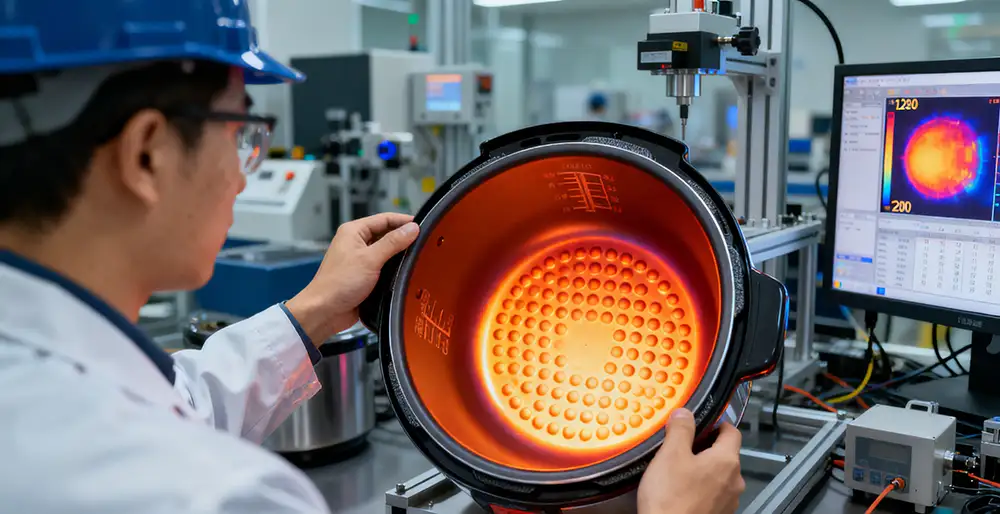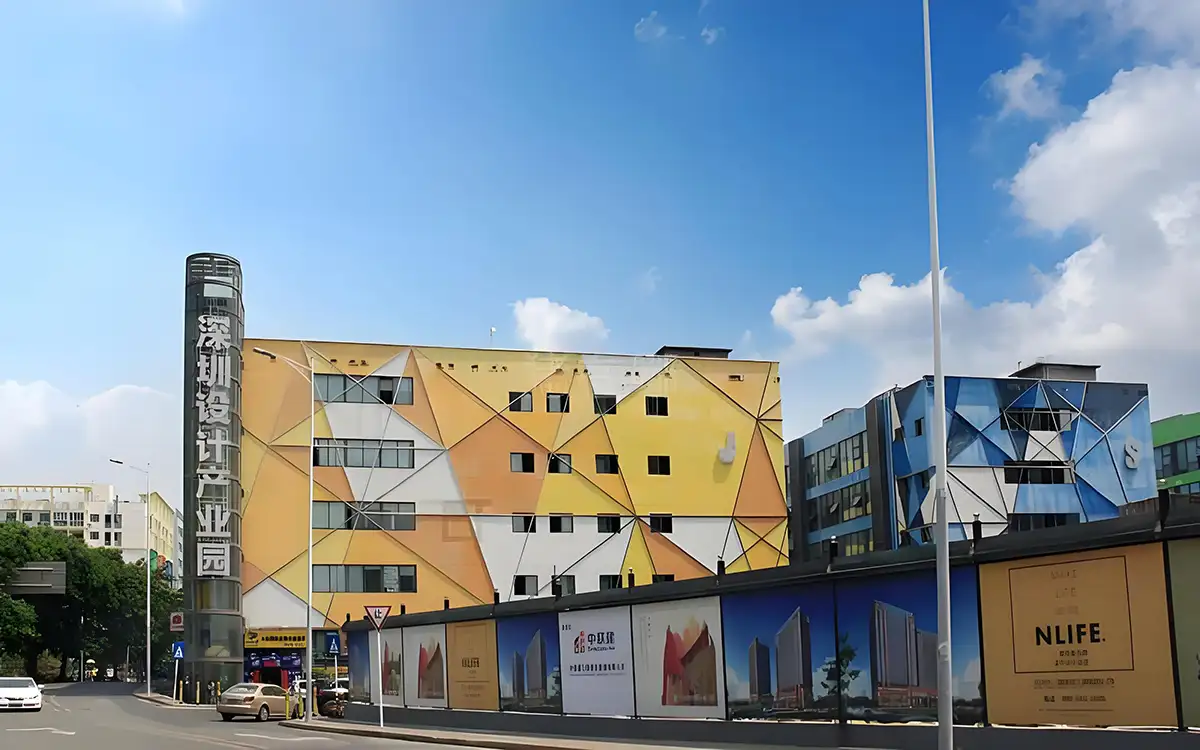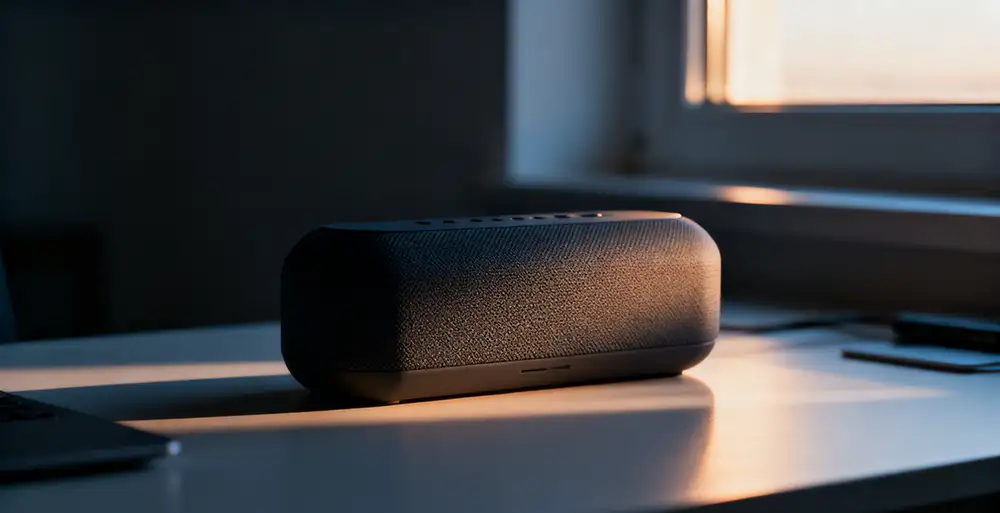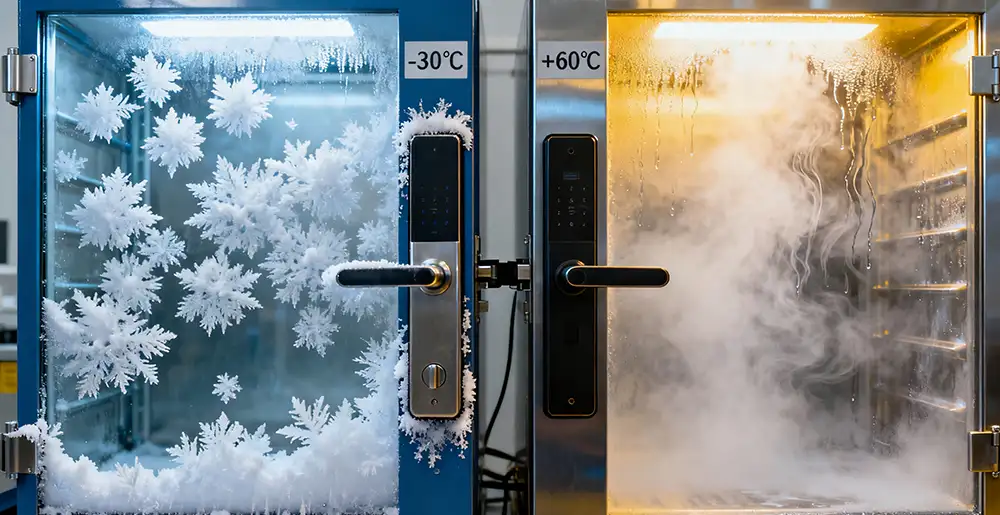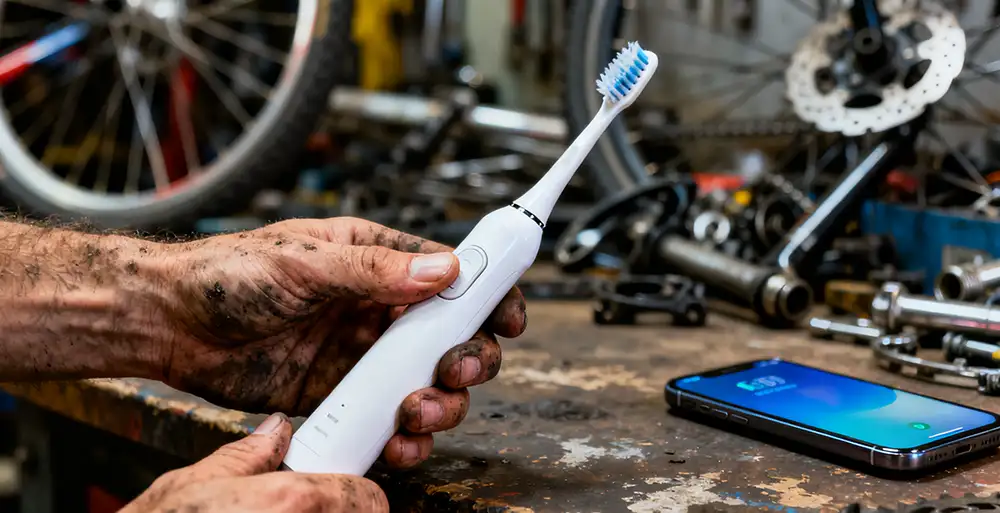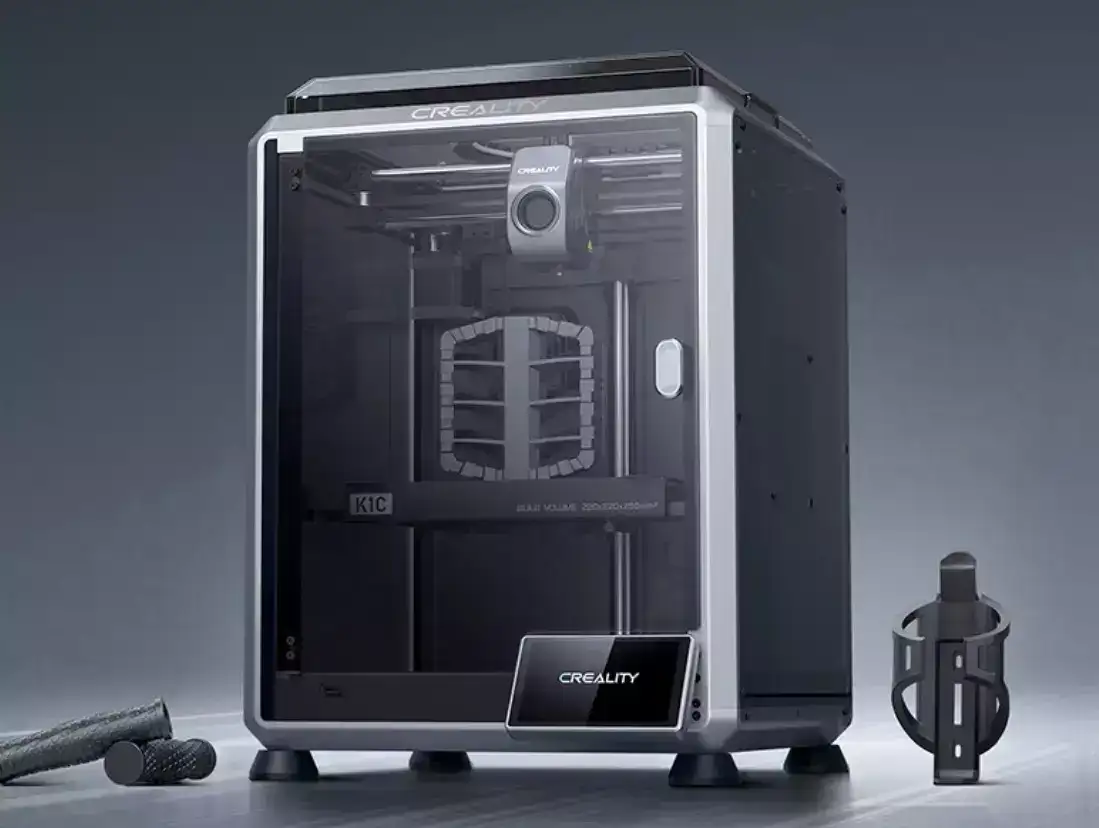NINEIDEA:工业设计在环保产品设计中,从材料创新、功能设计到引导环保行为等多方面开拓新思路,为推动环保事业发展、实现可持续生活方式提供了丰富的实践经验与创新方向。在全球对环境保护日益重视的当下,深圳工业设计积极响应,凭借创新思维与技术优势,在环保产品设计领域开拓出一系列新思路,为可持续发展贡献力量。
材料创新:挖掘可持续潜力
再生材料的多元应用
设计师大力探索再生材料在产品中的应用。例如在家具设计中,将废弃的塑料瓶、金属等回收再利用。通过特殊工艺把废弃塑料瓶加工成具有一定强度和韧性的板材,用于制作桌面、椅面等部件。金属则被重新熔铸,打造出独特造型的桌腿、把手。这不仅减少了垃圾填埋和资源开采,还赋予产品全新的生命力,让消费者意识到废弃物也能变身时尚实用的家居用品。
天然可降解材料的拓展
除了再生材料,天然可降解材料也备受关注。在包装设计方面,选用竹纤维、淀粉基塑料等可降解材料替代传统塑料。竹纤维制成的包装盒,不仅具有良好的韧性和防水性,废弃后在自然环境中能较快分解。淀粉基塑料更是以其环保特性,成为食品包装的理想选择,既保证包装功能,又减少对环境的长期污染。
功能设计:兼顾环保与实用
长寿命设计理念
秉持长寿命设计理念,提高产品耐用性,减少产品更新换代带来的资源浪费。在电子产品设计中,采用模块化设计思路。以智能手机为例,将电池、摄像头、处理器等核心部件设计成可更换模块。当某一模块性能下降或出现故障时,用户可自行更换,延长手机整体使用寿命,避免因部分部件损坏而丢弃整部手机。
多功能集成设计
通过多功能集成设计,减少产品数量,间接实现环保目标。例如一款兼具照明、空气净化和手机充电功能的家居设备。白天,它作为空气净化器,改善室内空气质量;夜晚,开启照明功能,提供舒适光线;同时,设备上设有充电接口,方便为手机等移动设备充电。这种多功能集成设计,避免了多种单一功能设备的生产与使用,降低资源消耗。
设计引导环保行为
行为提示设计
设计师通过巧妙的设计引导用户形成环保行为习惯。在垃圾分类垃圾桶设计中,运用色彩、图形和文字提示,清晰区分不同垃圾类别。垃圾桶上设置智能感应装置,当用户靠近时,自动播放垃圾分类指导语音,帮助用户正确投放垃圾。这种设计不仅方便用户,更有助于提高垃圾分类准确率,促进资源回收利用。
环保互动设计
在环保产品中融入互动元素,增强用户参与感与环保意识。例如一款智能花盆,连接手机 APP 后,能实时监测土壤湿度、养分等信息,并根据植物生长状况提供养护建议。同时,APP 设有环保社区,用户可分享养花经验、交流环保心得。这种互动设计激发用户对环保生活的兴趣,形成良好的环保氛围。
@NINEIDEA九号创新 www.nineidea.com

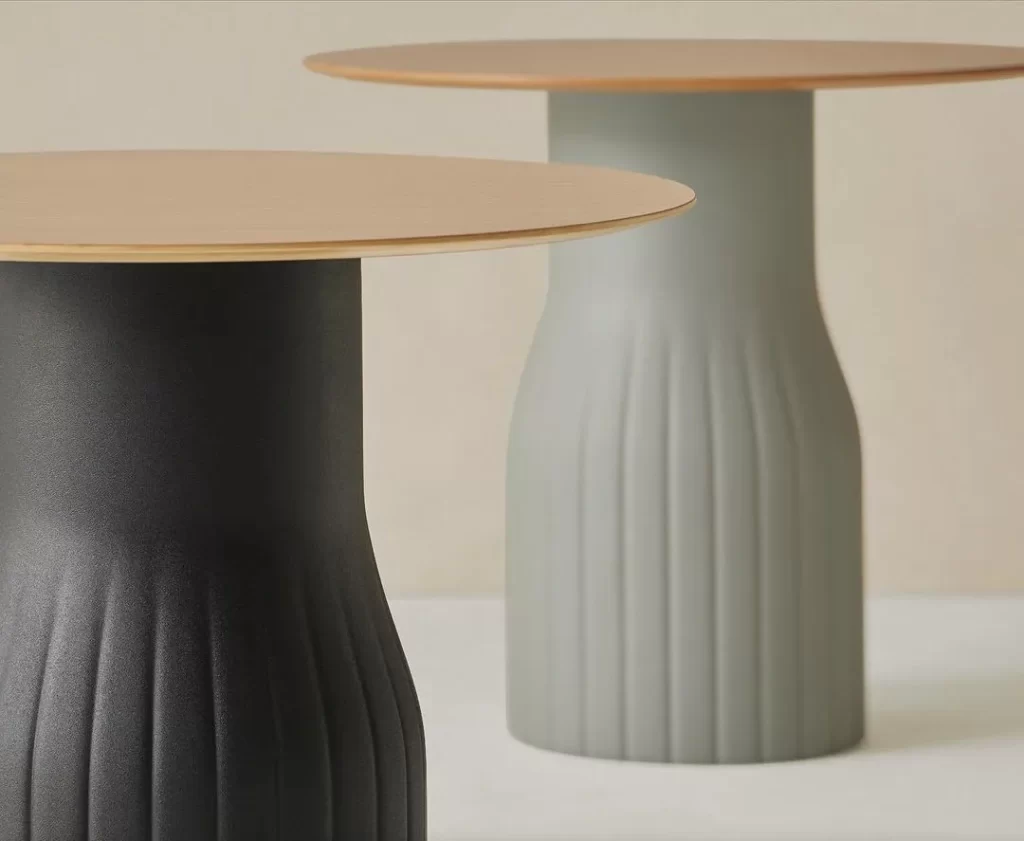

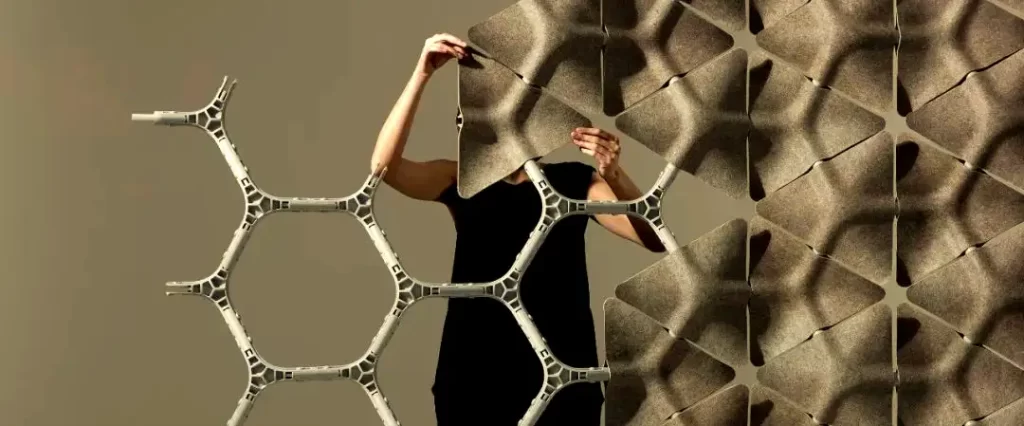
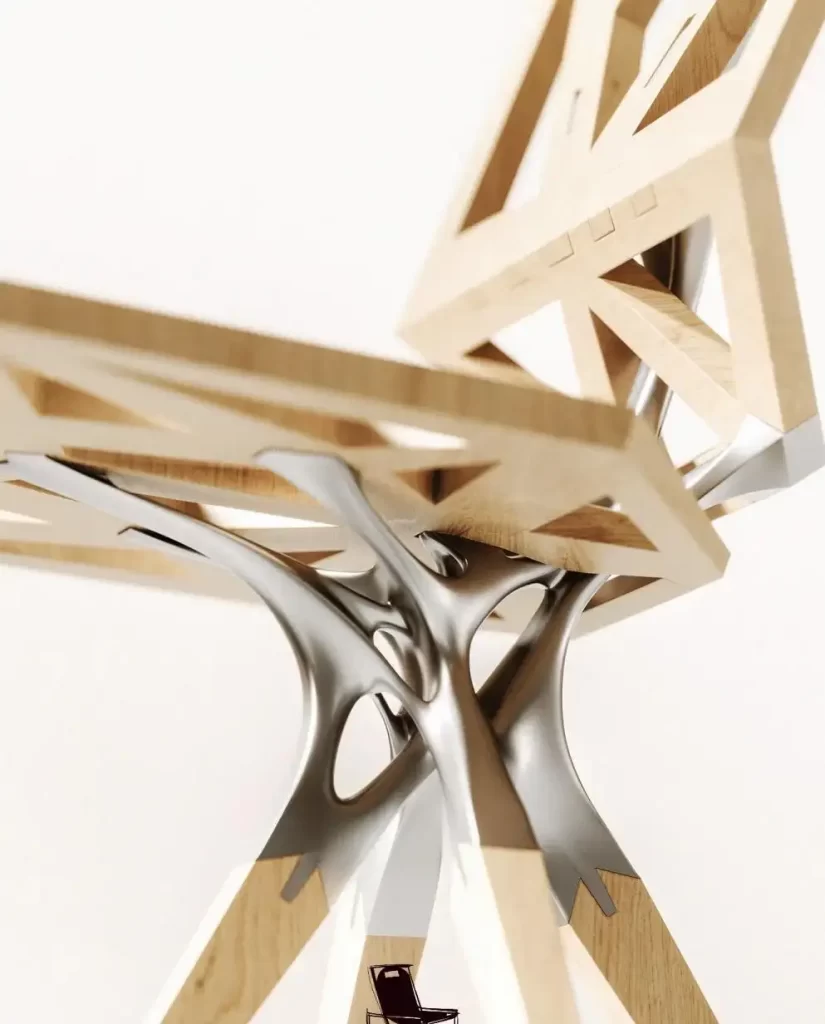
Exploring new ideas for industrial design in environmental product design in Shenzhen
NINEIDEA: In the design of environmental protection products, Shenzhen Industrial Design has developed new ideas from material innovation, functional design to guiding environmental protection behavior, providing rich practical experience and innovative direction for promoting the development of environmental protection and realizing sustainable lifestyle. In the current global trend of increasing emphasis on environmental protection, Shenzhen Industrial Design actively responds by leveraging innovative thinking and technological advantages to explore a series of new ideas in the field of environmental product design, contributing to sustainable development.
Material Innovation: Exploring Sustainable Potential
Diversified applications of recycled materials
Shenzhen designers are vigorously exploring the application of recycled materials in products. For example, in furniture design, recycling and reusing discarded plastic bottles, metals, etc. By using special techniques, discarded plastic bottles are processed into boards with certain strength and toughness, which are used to make components such as tabletops and chair surfaces. The metal is remelted to create uniquely shaped table legs and handles. This not only reduces landfill and resource extraction, but also gives the product new vitality, making consumers realize that waste can also be transformed into fashionable and practical household items.
Expansion of Natural Degradable Materials
In addition to recycled materials, natural biodegradable materials have also attracted much attention. In terms of packaging design, biodegradable materials such as bamboo fiber and starch based plastics are used to replace traditional plastics. The packaging box made of bamboo fiber not only has good toughness and waterproofness, but also can decompose quickly in the natural environment after being discarded. Starch based plastics have become an ideal choice for food packaging due to their environmental characteristics, ensuring packaging functionality while reducing long-term pollution to the environment.
Functional design: Balancing environmental protection and practicality
Long life design concept
Shenzhen Industrial Design adheres to the concept of long-life design, improves product durability, and reduces resource waste caused by product updates and replacements. In electronic product design, modular design approach is adopted. Taking smartphones as an example, core components such as batteries, cameras, and processors are designed as replaceable modules. In case of performance degradation or failure of a module, the user can replace it by himself to extend the overall service life of the phone and avoid discarding the whole phone due to damage of some parts.
Multi functional integrated design
By implementing multifunctional integrated design, we can reduce the number of products and indirectly achieve environmental goals. For example, a home device that combines lighting, air purification, and mobile phone charging functions. During the day, it serves as an air purifier to improve indoor air quality; At night, turn on the lighting function to provide comfortable lighting; At the same time, the device is equipped with a charging interface, which is convenient for charging mobile devices such as smartphones. This multifunctional integrated design avoids the production and use of multiple single function devices, reducing resource consumption.
Design to guide environmental behavior
Behavior prompt design
Shenzhen designers guide users to form environmentally friendly habits through clever design. In the design of garbage classification bins, use colors, graphics, and text prompts to clearly distinguish different types of garbage. An intelligent sensing device is installed on the garbage bin, which automatically plays garbage classification guidance voice when the user approaches, helping the user correctly dispose of garbage. This design is not only convenient for users, but also helps to improve the accuracy of garbage classification and promote resource recycling.
Environmental interactive design
Integrating interactive elements into eco-friendly products to enhance user engagement and environmental awareness. For example, a smart flowerpot can be connected to a mobile app to monitor soil moisture, nutrients, and other information in real time, and provide maintenance recommendations based on plant growth conditions. At the same time, the app has an environmental community where users can share their flower cultivation experience and exchange environmental insights. This interactive design stimulates users’ interest in eco-friendly living and creates a positive environmental atmosphere.
@NINEIDEA九号创新 www.nineidea.com










